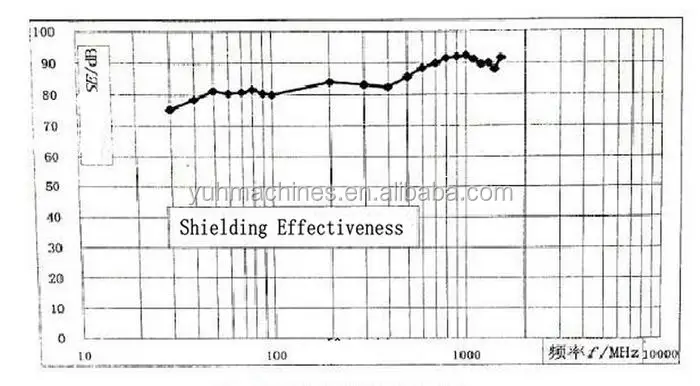If you've ever been through a city, you may have seen tiny 5G cell towers on the poles of street lights. They look like small boxes however they're actually sending wireless signals from cellular providers to your phone.

These smaller towers are replacing larger, purpose-built cell towers. While they're less noticeable, they still can cause issues for users.
The of the FCC's Radiation Exposure Thresholds
The FCC's Radiation Exposure Thresholds determine the safe distance that an individual can be exposed to electromagnetic energy from wireless devices. The limits for exposure are based on scientific data that prove that electromagnetic energy can cause harm to health.
The absorption rate specific (SAR) is a measure of the amount of radiofrequency energy that is absorption by tissues. It is typically 1.6 milliwatts per kilogram spread over a Gram of tissue.
But, since 5g operates at higher frequencies and has the potential to increase the intensity of energy on the skin as well as other body parts. This can lead to various potential harms, including exacerbated appearance of skin conditions such as dermatitis and skin cancer and cataracts.
Due to the potential for harmful effects of radiation from 5G, PSU has chosen to create a general maximum power density of four mW/cm2 averaged across 1 centimeter, but not exceeding 30 minutes for the entire 5G spectrum at 3000 GHz. This localized limit is in accordance with the peak spatial-average SAR of 1.6 W/kg, which is averaged over 1 5 grams of body tissue, at 6 GHz.
The FCC's Maximum Exposure Thresholds for Maximum Exposure
If you've ever operated a cell phone, you probably know that a safe distance from the tower should be at least 400 meters. This is because the power of the transmission of cell towers increases drastically the further away the tower is.
While it sounds like an ideal idea, the reality is that people living in close proximity to towers might be more prone to health issues. For example, a study from 2014 in India discovered that those living within 50 meters of cell towers experienced significantly more health complaints than those living further away from the antennas.
But, the study showed that residents who moved into areas farther away from cell towers noticed their symptoms improve within a few days. Studies have also demonstrated that exposure to extreme amounts of electromagnetic field radiofrequency (EMFs) could cause cancer, brain tumors as well as other health issues.
This is because RF radiation, used in wireless communication, can penetrate the human body's outer layer, the skin. This is important to understand since the skin serves as a barrier to protect against injuries caused by mechanical forces, infections caused by pathogenic microorganisms and infiltration of toxic substances. The skin is the most important organ of the human body. It is responsible for protecting other organs.
The FCC's Minimum Exposure Thresholds for the Minimum Exposure
The FCC's Minimum Exposure Thresholds rely on several assumptions that are not supported by scientific evidence. This includes the false assumption that exposures of a short duration to RF radiation are safe due to minimal absorption into body (i.e. thermal heating of tissue).
This assumption does not take into account the deeper penetration of the ELF parts of modulated RF signals as well as the consequences of brief bursts of heat from pulsed RF waves. These assumptions are not in line with current understanding of the biological consequences of RF radiation, and thus they should not be relied upon for health-protection exposure standards.
Additionally there is the fact that both ICNIRP and FCC are limiting their exposure limits to local peak SARs that are based on the maximum spatial specific absorption rate (psSAR) which is an inadequate dosimetric tool to determine the degree of radiation exposure. In particular it is inconclusive for frequencies that exceed 6 GHz. In how to block emf , psSAR is not been evaluated for RF radiation that is exposed to other environmental agents such as sunlight. In how to block emf of interactions, RF radiation and other environmental agents could result in antagonistic or synergistic effects. This can lead to an increased risk of negative health effects. For example, co-exposure to RF radiation along with exposure to sunlight can increase the risk of developing skin cancer, and may also exacerbate other skin conditions like acne.
